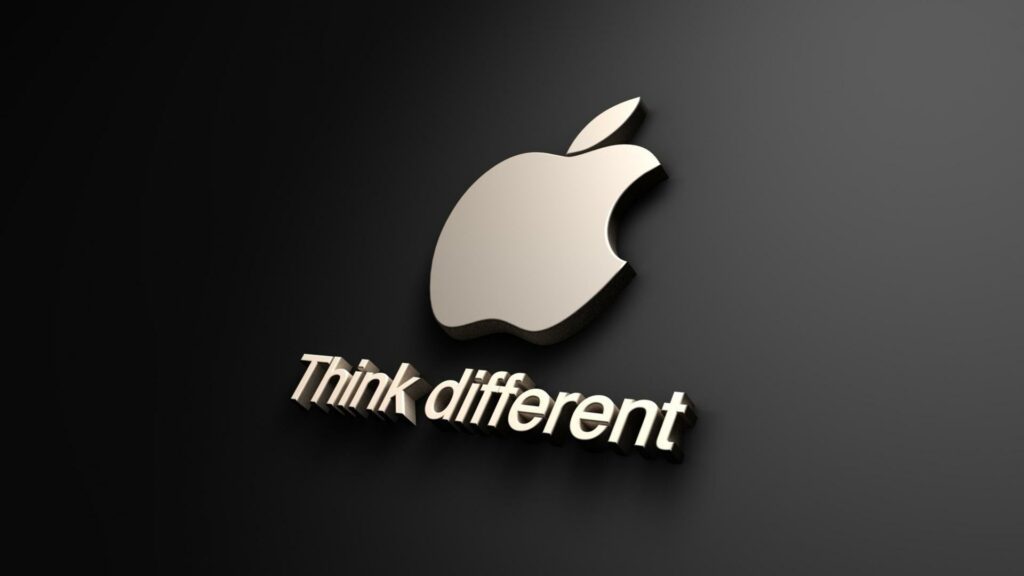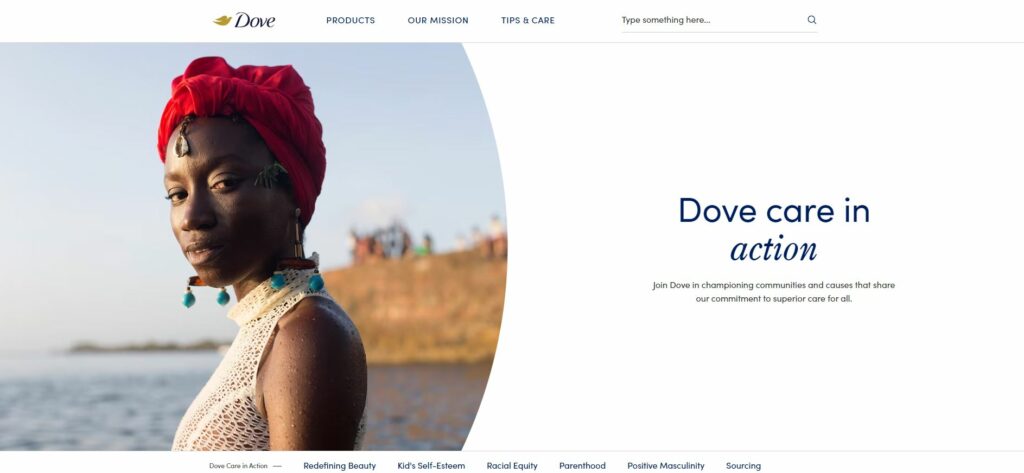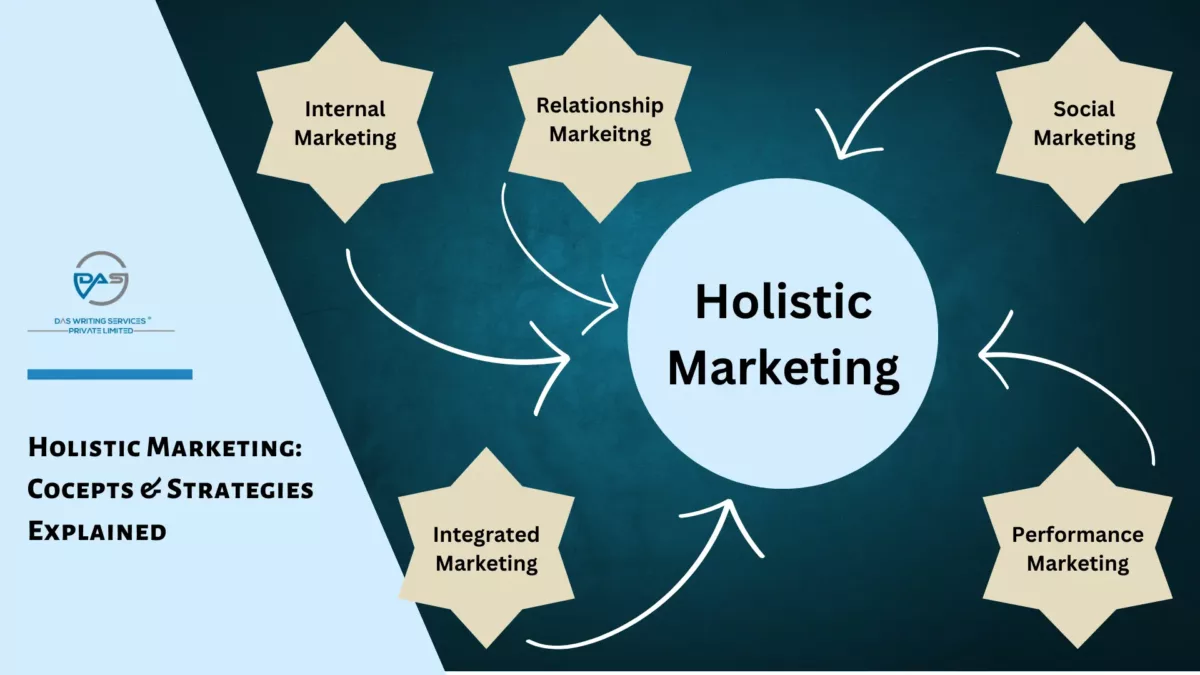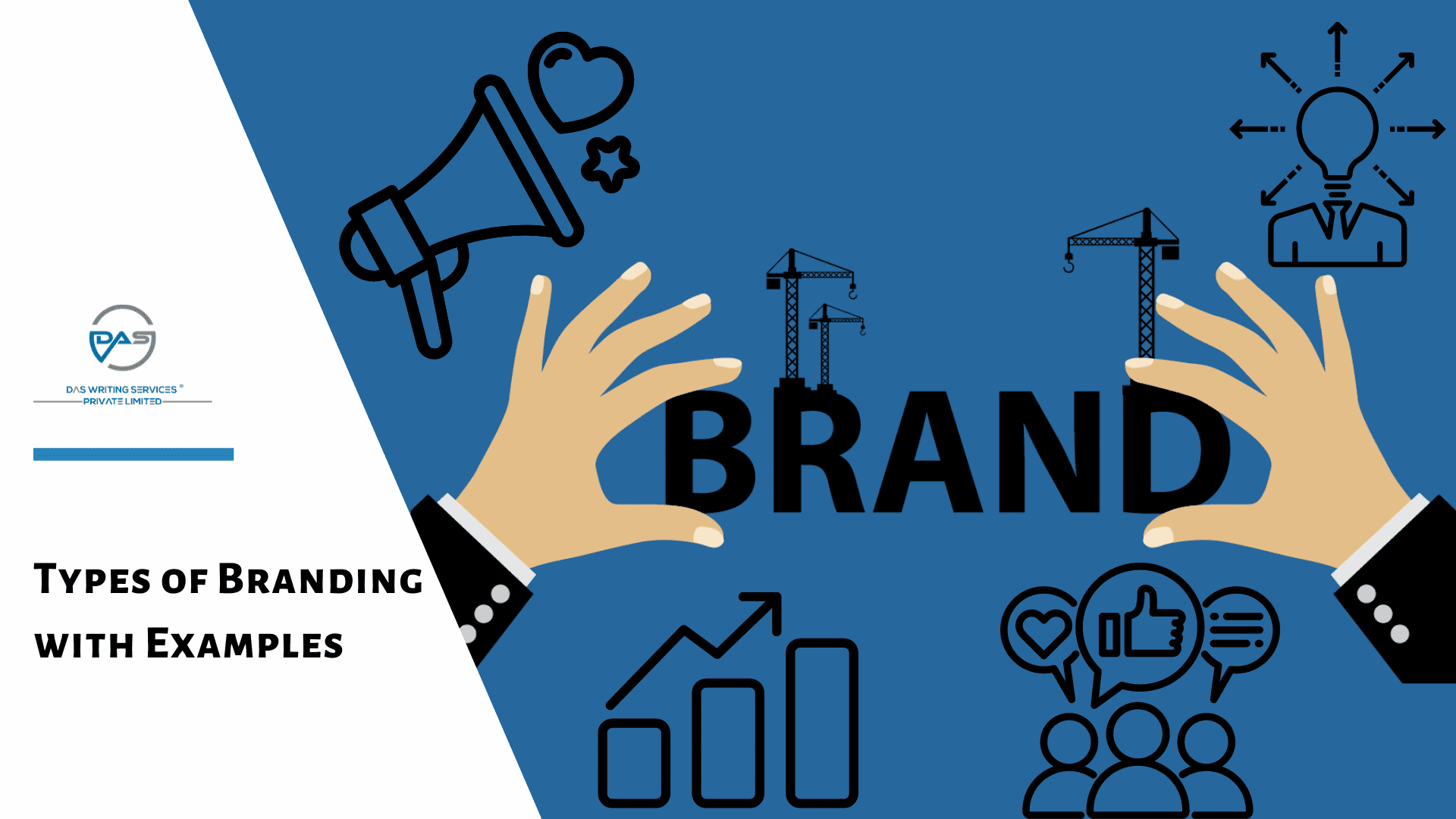Marketing efforts play a major role in today’s business enterprises. Contrary to popular perception, the scope of marketing does not revolve around sales and promotion. Rather marketing today is all about establishing better connections with the customers to address their needs and requirements.
Holistic marketing draws inspiration from a concept where an entire organization works towards the same goal of delivering value to the customers.
How?
Keep reading to learn all about holistic marketing activities and the strategies you can use to accelerate the growth of your organization.
Or reach out to us to know how to use holistic marketing for your business.

What is Holistic Marketing?
The term holistic refers to an all-inclusive unified approach. It is the same strategy of holistic marketing where multiple departments of an organization collaborate and work with each other towards the common goal of delivering value to the customers by addressing their pain points.
Instead of just the sales and marketing department, this strategy requires an all-hands-on-deck approach promoting synergy between Sales, Marketing, Operations, IT, and R&D to work towards business growth.
Why Choose Holistic Marketing?
Due to its interdepartmental approach, holistic marketing removes any potential for communication error and unifies different marketing techniques. It allows the business or organization to showcase a strong authority and resolution towards working for a common agenda.
By using this strategy, businesses and organizations can benefit in the following ways:
1. Attract New Clients
Integrated marketing helps a business adopt a uniform tone and message. This ensures that customers get an enhanced experience. The positive experience sets the tone for the business to attract newer clients and sustain them with value-driven products and services.
2. Robust Brand Development
A robust brand is all about maintaining a cohesive message across multiple channels. With the same tonality and message across both digital marketing and traditional marketing channels, enterprises can generate enhanced brand awareness across the industry.
3. Uniform and Consistent Customer Experience
Since this marketing strategy focuses on delivering a seamless and consistent experience to customers, it is no wonder that user satisfaction and brand loyalty are among the highest with an integrated effort. This ensures an all-round experience across different mediums.
4. Efficient Resource Management
With all the departments working together, a holistic approach simplifies operations while maintaining proper communications between the departments for a robust brand image. It informs better decision making thus ensuring efficient management of resources like personnel, time and funds.
5. Faster Goal Achievement
It is no wonder that when the complete team works together, goals become achievements pretty quickly. Whether you are trying to boost your organic reach through digital marketing or aiming to boost sales, holistic marketing strategies allow you to get results quickly.
Holistic Marketing Examples
Some of the most popular companies in the world use holistic marketing not only as a strategy but as the core principle. This allows them to enhance their position as market leaders. Check out the following examples of holistic marketing.
1. Apple – Simplified & Optimized
Apple is one of the forerunners when it comes to implementing an integrated marketing approach in their product lineups. The holistic approach is not only their marketing philosophy but also operates as the driving force of their operations.

The company is known for creating well-optimized products that offer a robust experience across the board. One example might be the added advantage iPhone users get on the platform as Instagram allows iPhone users to upload and view HDR photos.
This is just one example among many where Apple ensures better software-hardware compatibility.
So, a good internal marketing coupled with inspired engineering informs the brand’s public image. It is no wonder then that the popularity of the brand keeps increasing with loyal customers all over the world.
2. Dove – Real Beauty Campaign
Dove’s real beauty campaign is one of the powerful examples of a successful holistic marketing strategy. With this marketing strategy, the skincare company represents cultural and racial inclusivity across the globe.

Especially with more than 5 billion euros in annual sales globally, Dove is a market leader in skincare around the globe. The company uses this position to promote social and cultural awareness about diversity and inclusivity. Aside from positioning itself as a socially responsible and sensible company, Dove uses this opportunity to target diverse target groups across multiple locations.
3. Adidas – Active Lifestyle
The sports company revolves around values promoting an active lifestyle. Whether it is the logo or the brand’s physical stores, all celebrate the idea of vitality and adventure. While the logo represents a mountain, the company sponsors the kits of some of the top sports teams around the world, namely Manchester United, as seen in the image.

It is an example of integrated marketing where the brand comes together to uphold the same idea of an energetic lifestyle. Thus the brand has solidified its position as a lifestyle brand that is associated with athletes and top sports performers around the world.
What are the Pillars of Holistic Marketing?
An effective marketing strategy relies on a few tried and tested methods to achieve particular goals. For reference, the following are some of the core components of holistic marketing:
1. Relationship Marketing
Relationship marketing relies on building a strong bond between the customers and the business or organization. Customers become loyal audience members in this strategy and the goal is to retain them with valuable information and services. Instead of trying to close maximum sales, the marketing team is driven by the goal to foster better relationships with the audience.
Because sales is seen as a by-product of sustainable connections with the customer, holistic marketing ensures to establish a relationship first which invites sales naturally.
2. Internal Marketing
This strategy is directed towards employee management and fostering a nurturing work environment for employees to thrive in. Effective internal marketing ensures a better quality of work. It also makes employees feel confident in their own abilities and capacities as team members.
Internal marketing also instils an organization’s core values and ideals among each employee. This has many benefits such as boosting employee morale while producing camaraderie and a sense of community. It enhances interpersonal connection in the workplace.
3. Integrated Marketing
It requires using a uniform message and tonality across all marketing channels. By disseminating similar messages across billboards, advertisements, social media posts, and website content businesses emphasize authority in the industry. This complements solid brand development and helps familiarize clients with the name.
4. Performance Marketing
Performance marketing helps curate adaptive marketing campaigns that help a company create data-driven decisions based on the effectiveness of previous campaigns. The strategy allows better resource management as companies only pay for results and not for wasted opportunities.
This agile marketing strategy not only prevents wastage of funds but also promotes inspired decision-making for stakeholders.
5. Societal Marketing
Societal marketing is when a business or organization implements strategies keeping in mind the long-term implications on society. This marketing strategy goes beyond addressing the concerns of the target consumer; it strives to showcase oneself as a socially responsible organization.
Especially in a time of ecological imbalance, environmental consciousness and social awareness make an organization stand out to the target group.
Steps to Create an Effective Holistic Marketing Strategy
An integrated marketing strategy is only as good as the policies that inform it. Meaning, it must be the result of a comprehensive understanding of the goals of the organization.
The following steps may be implemented to ensure streamlined operations:
Step 1: Market & Competitor Analysis
Having an in-depth perception of the target audience and their demands is critical for inspired decision-making. For an effective holistic marketing campaign, companies must perform thorough market research to identify the pain points with their existing user base and the target demographic.
Creating a buyer persona is always useful in this case to have a precise understanding of the audience.
Step 2: Strategy Formulation
Once the persona of the buyer is formulated, you will have a perception of the preferences and the pain points of the target group. The idea is to create a strategy that addresses the concerns seamlessly and consistently.
Step 3: Strategy Implementation
Once the strategy is formulated, it is time to implement it across all verticals. The sign of a good brand is to nurture and practice the same values that are being promoted.
For example, Google does not only promote a free and inclusive society but inculcates the same values in its workspace.
Takeaway
Overall, a holistic marketing approach is an all-encompassing strategy that allows a company to emerge as a vital and agile organization in front of the audience.
Aside from improving customer satisfaction, this strategy propels all-round growth through marketing in the industry. In a nutshell, implementing the tactics can result in better public relations and the development of a cohesive brand distinguishing it from the other players.
Frequently Asked Questions
1. What is the difference between holistic and traditional marketing?
The goal of traditional marketing is to produce immediate results like boosting the sales of products and services while holistic marketing ensures long-term and sustainable results.
2. What is a holistic strategy?
A holistic strategy promotes seamless and consistent communication and collaboration between every department of an organisation to drive the desired results.
3. Why did holistic marketing emerge?
Holistic marketing emerged to operate in a competitive industry and distinguish oneself from other businesses with unique value propositions for customers.
4. What brands use holistic marketing?
Powerful global brands like Nike and Apple use holistic marketing programs to maintain a sustainable brand image in the industry while generating new customers periodically.
5. What are the disadvantages of the holistic marketing concept?
Since holistic marketing relies on interdepartmental collaborations, without team effort businesses may face communication breakdown and wastage of resources.

Achinta Maity, a former professional SEO content writer for Das Writing Services, is currently working as an SEO Analyst. During his long tenure as a writer, he has worked for multiple clients from various industries, including finance and digital marketing. Due to his passion for writing and sharing knowledge, he contributes to our blog besides working as an SEO Analyst. For any queries, you can contact him on his LinkedIn profile.




Leave a comment
All comments
Sumedha Gupta Choudhury
Beautifully curated and a compact piece of write-up